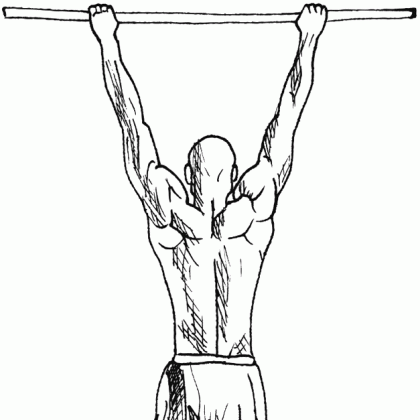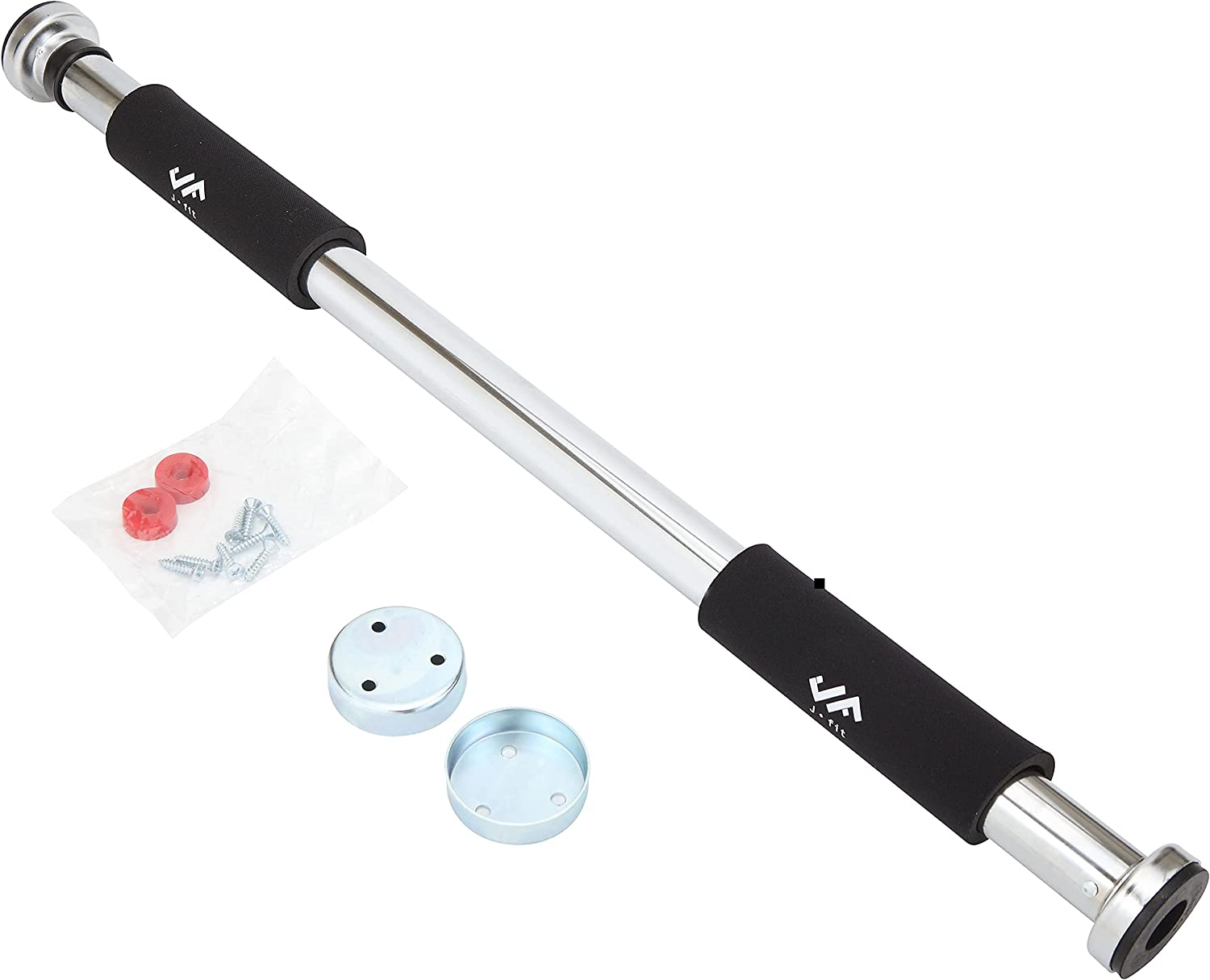
By Lawrence Braverman
At the beginning of the year, I wrote a story called Standing Beats Falling, which exhorted the importance of leg strength in preventing falls, and the benefits of two ancient exercise practices known as Zhan Zhuang and T’ai Chi. In a second story called Yes, I’ve Fallen, But I Can Get Up, I added that upper body strength can save your life should you go down, emphasizing arm strength. Now, I’d like to add something more about strengthening the upper body, most specifically, the back and spine.
I used to have a lot of trouble with my own back, probably due in part to my youthful experiences of the hard physical labor of commercial fishing: running around the pitching deck of a lobster boat in rough seas clutching 90-pound, steel-weighted lobster traps to my chest. Observing proper form when carrying such weight was not even a thought.
For far too long, I was subject to my back suddenly going into a spasm, sometimes simply while tying a shoe, and then being virtually unable to move, having no option but to somehow make it to the bed or, if that was unattainable, the bare floor for extended periods until my back finally released.
Learning T’ai Chi Chuan was instrumental in fixing my back, ending the spasms, but, even now, after spending time sitting, I rise with some difficulty from the chair, the shape of my back resembling nothing so much as a question mark, as in, really? again?
I have a pull-up bar in a doorway between my living room and bedroom; it’s a pressure mounted bar I installed at the proper height — about 11 inches above my head — by twisting the ends in different directions, which makes the bar longer (or shorter, if you want to take it down), until it was tight and securely in place. Also available are bars you can screw into doorways, but I decided not to go that route, as this bar has never slipped yet. Here is the bar I use, which can be found here. (It costs around $25.)
My bar is located so that I can reach up with both my hands and easily encircle it with them: having to jump up to grab the bar would utterly defeat the purpose; having the bar be too low would not be optimal — this is a stretch after all.

For a while I was doing dead hangs, where I’d pull myself off the ground in a pull-up, where the fingers go up and over the bar and the palms face away, and I’d simply hang.
I found some difficulties with this method and modified it, because I was worried about loosening or further damaging my elbow joint, having previously suffered from tennis elbow AND golf elbow at different times. Once, while hanging fully off the ground for almost a minute, I experienced a strong burning sensation from my pinky finger to my elbow, which I think involved a nerve. So, I made a simple change, which I consider a real improvement.
Now I hang so that my feet never leave the ground. They are in front of me, as if I’m sitting. Sometimes only my toes touch the ground, sometimes half of my foot; it depends how strong I feel (I’m 72). While I’m hanging, my lower back is absolutely relaxed. Sometimes after 10 or 20 seconds I can feel or even hear a pop. Gravity does all the work of stretching and elongating — creating more space in a lower back constricted by too much sitting, which can eventually weaken it.
This hang feels quite pleasant, but I’m not just hanging like a side of beef! Rather I’m pulling up with my arms, but only about a half an inch, in order to get the arms involved and take the strain off the elbow tendons and ligaments. The goal is to place that stress squarely on the muscles not the connective tissue. This exercise will not only make your arms stronger, your grip strength will improve as well; opening jars will become easier.
IMPORTANT: I am not a doctor; I’m just recounting what works well for me. But there is an orthopedic surgeon who recommends hanging (fully off the ground), Dr. John M. Kirsch, who wrote a book called Shoulder Pain? The Solution & Prevention. In the introduction he offers a warning about conditions, such as dislocating shoulders and osteoporosis, that preclude hanging. But my method of never fully leaving the ground, letting the exerciser decide how much work to do on any given day, I’ve found most beneficial for my lower back, upper back, the erector spinae muscles that support the spine, my arms and even my chest.










So smart !! I do this to, and I have similarly suffered from tennis elbow (on both elbows) and that is such a chore to recover from. I do it at the gym. When at home, I stand in a doorway, rise both arms and place my palms on the doorframe. I also take a stiick and raise it over my head, elbows straight, shoulders relaxed. Holding that for a while is a workout and an automatic posture corrector. Bad posture is (almost) always preventable, and does not have to happen with age.
Thank you Lisa; one thing I believe I neglected to add (because most don’t suffer from tennis and/or golf elbow): I wrap the area just below the elbow before I hang, so as not to stress the elbow or its connective tissue. I use something like this:
https://www.amazon.com/Athletes-Sprained-Tendonitis-Arthritis-Support/dp/B0895X5MH2/ref=sr_1_17?crid=2011EOHPTKGSY&keywords=elbow+wraps+for+tendonitis&qid=1676838782&sprefix=elbow+wraps%2Caps%2C74&sr=8-17
I don’t know that I really need it anymore, but putting it on is the work of a moment & costs only 8 bucks or so. Thanks for reading.
Thanks for this; I got a lot of it. No hanging bar at present in my abode, but I’m definitely going to give it a go as I suffer from a similar back issue. If it works, great. If not, I’m out $10. I appreciate the link and reminder that you’re not prescribing, but merely sharing your experiences. Thanks!
How is this relevant to the neighborhood?
Sounds like these issues have relevance to all of us..
Sounds like you’re offloading, briefly shifting the weight from your lower back to, in this case, your arms. I’m not a doctor or other form of expert, but for people not ready to tackle this, here are some ways to do it that don’t require hardware:
https://mydoctor.kaiserpermanente.org/ncal/Images/010526-022_tcm75-254554.pdf
Wow! This link has some good, gentle suggestions. Thank you!
If one has lower back problems, it’s best to find out the cause, via an MRI, X-Rays, etc., under the care of a back specialist, before going off on a program of hanging or whatever. I have a couple of herniated discs and general spinal deterioration which causes the same symptoms you describe. A lot of people, including myself, have been helped by Stuart McGill’s “Big Three” Low Back Exercises, which you can find all over the internet, but best implemented by buying his book, which has several other exercises as well.
Dr. McGill’s exercises are a regular addition to my client’s fitness routines. Very good recommendation denton.
I have been ‘ hanging’ to relieve lower back stress for years. It’s free as scaffolds are everywhere and the heights of the crossbars of the scaffolds vary, it is easy to find just the right height to hang from as you walk around the upper west side. Nobody pays attention when you do it. Try it any day, any time. It is one of the only things about all the annoying scaffolds that become a tolerable justification